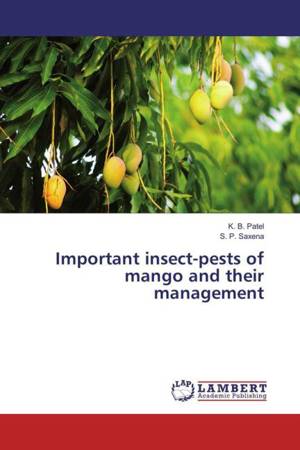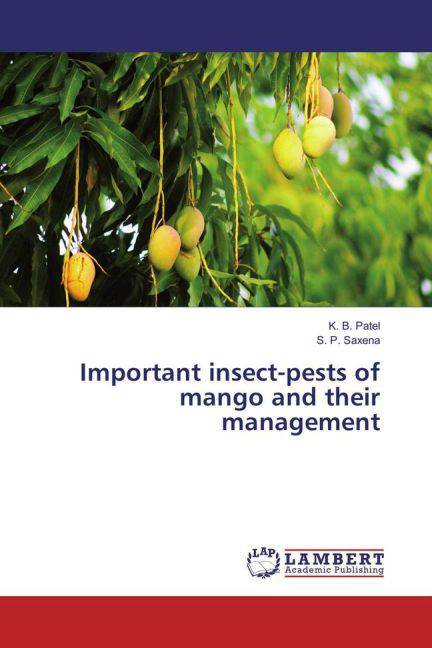
- Afhalen na 1 uur in een winkel met voorraad
- Gratis thuislevering in België vanaf € 30
- Ruim aanbod met 7 miljoen producten
- Afhalen na 1 uur in een winkel met voorraad
- Gratis thuislevering in België vanaf € 30
- Ruim aanbod met 7 miljoen producten
Zoeken
€ 73,95
+ 147 punten
Omschrijving
Pest succession is very useful in identifying appropriate crop stage when ecologically sound and economically viable "Integrated Pest Management" programme may be undertaken. Such studies in crop ecosystem are important in detecting incidence of insects with regard to the crop and environment. Mango is attacked by 188 species of insects, 17 species of mites and 26 species of nematodes. Of these, mango hopper complex, mealy bug, fruit fly, stone weevil, stem borer, leaf webber are major pests, whereas insects-pests which became economically important during the last decade are thrips, midges, shoot borer and fruit borer. Succession in general refers to the act of repeated occurrence of one pest by another in fixed order of cyclicity or overlapping pattern. Information on succession of different pests of a crop helps in understanding the order of occurrence of various pests and the critical period during which pest management measures are to be initiated. Studies of pest succession also provide an idea of simultaneous occurrence of insect-pests causing identical damage during particular period of crop growth so that it may be helpful in devising "Integrated Pest Management".
Specificaties
Betrokkenen
- Auteur(s):
- Uitgeverij:
Inhoud
- Aantal bladzijden:
- 296
- Taal:
- Engels
Eigenschappen
- Productcode (EAN):
- 9783659860010
- Uitvoering:
- Paperback
- Afmetingen:
- 150 mm x 220 mm

Alleen bij Standaard Boekhandel
+ 147 punten op je klantenkaart van Standaard Boekhandel
Beoordelingen
We publiceren alleen reviews die voldoen aan de voorwaarden voor reviews. Bekijk onze voorwaarden voor reviews.











